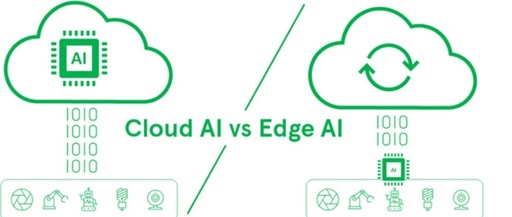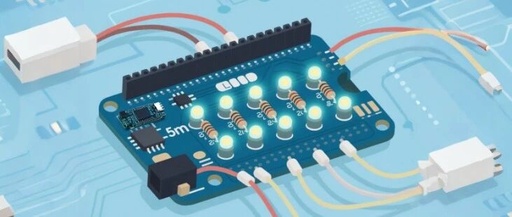The First Student Representative Conference of the Internet of Things and Communication College
The First Student Representative Conference To further strengthen the construction of student organizations, enhance students’ self-management and self-service capabilities, and fully play the main role of students in the development of the college, the first student representative conference of the Internet of Things and Communication College was grandly held on May 21, 2025, in room … Read more









